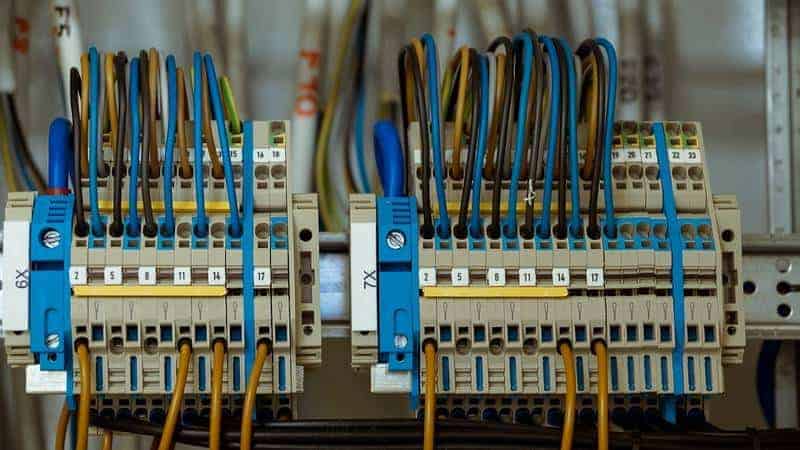True that mistakes are bound to happen, but it can really make a huge difference if we are careful enough. Thus, saving yourself from screwing up.
In a field where handling confidential data, complex structures, and fragile equipment are part of your company’s major workloads, messing up is a huge no. What about forgetting every detail related to your software license management? Another but bigger no.
Thus, this article aims to help you avoid dreaded IT errors. If you’re ready, then continue reading.

Mistake 1: Lack of Technical Support
Despite how advanced the world is now, a lot of organizations function without any technical assistance. They only rely on employees who only have a superficial background in terms of technology stuff. Others depend on a staff’s friend or family member to provide any assistance or advice pertaining to technology in case the system fails to work.
Some organizations rely on electronic store’s staff only to receive unsatisfactory work. And some opt for students or locals who provide substandard technology support.
All of these are definitely not cost-effective. Clearly not helpful in terms of troubleshooting, IT investment, or administrative protocols. Invest in hiring an expert and well-experienced IT personnel.
Mistake 2: Lack of Electrical Protection
Never underestimate what a single power outage can do. It can seriously damage technological components which may lead to crucial loss of data. Meanwhile, regular brownouts or surges can reduce the life expectancy of your devices and equipment — desktops, network systems, printers, etc.
Organizations should install battery backups properly as well as configure communication software and cable infrastructures. Protection for networks must be upgraded as much as possible. Same goes with your DSL, cable modem, and other sources of surge that can ruin your communication systems.
Always pay close attention to power strips. Avoid using them on any server, computer, network device, or other relevant technology components in the area.
Mistake 3: Hardware Problems
You should replace hardware that is too old. They are less effective, build up computer downtime, trigger customer and employee frustration, and put sales at risk. Small organizations can prevent typical software/hardware problems by:
- Balancing software and hardware components/applications.
- Installing durable patches from trusted patch cable manufacturer.
- Working with an IT professional to enhance supplier relationship, and reduce costs.

Mistake 4: Illicit Software Use
Using of illegitimate software is probably the most common trap which most businesses fall into. Not only that, this is one of the most experienced problems in the world. Organizations can prevent any licensing errors by carefully tracking and documenting all purchased license software. When it’s time to install new programs, they should take note of the license agreement.
Mistake 5: Lack of Security
Most small organizations fail to properly identify security problems. They don’t even take the risk seriously. Because of this, businesses may become victim to compromised network systems, data manipulation, identity theft, bot attacks, etc. These can seriously put organizations on crises as customers tend to lose their trust and may result in bad press and decline in sales.
On the brighter side, to prevent possible security breaches, these practical ways are what you should do:
- Strict implementation of strong passwords for all computers, network devices, servers, and other applications for security.
- Install high-class firewalls in every area of the establishment. Ensure systems are not connected directly to the internet.
- Make sure to secure every wireless network in the area.
- Turn off guest accounts.

Mistake 6: Exposure to Spyware
Virus or malware is what most people are concerned about, but let’s not forget spyware. Although it is equally threatening, it is even more sinister. The difference of spyware from viruses is that it has the ability to gather user information (which is highly confidential data), and shows deceiving adverts.
Viruses, on the other hand, destroy corrupt network systems, sensitive data, and allow hackers to manipulate the system remotely. Neither spyware or virus is infallible, but most IT experts highly recommend to do the following:
- Regular update of anti-spyware and antivirus licenses.
- Do regular automated file scan for possible virus and spyware presence.
- Install trusted anti-spyware and antivirus program applications.
- It is ideal to install second standalone spyware in high-risk areas.
- As much as possible, never allow your antivirus and anti-spyware programs to expire.
Conclusion
High-risk threats can be prevented if you are careful enough not to commit any of these mistakes. Make sure to rely on IT professionals when it comes to technology-related aspects of your organization. They know what to do and are experts in such field. As what the famous saying goes, “It’s better safe than sorry”.

